Today, the care continuum is experiencing operational bottlenecks and fatigue due to antiquated systems, fragmented data ecosystems, and more complicated patients. While negotiating barriers, inefficiencies, and manual procedures that no longer meet the needs of modern healthcare, organizations are striving to offer high-quality results.
Healthcare systems need to radically reevaluate care management if they want to be viable. These days, automation, artificial intelligence, and closed-loop data intelligence are not future ideas; rather, they are the solution to rethinking the Care Management Value Chain for sustainability, speed, and accuracy.
Where the Value Chain for Care Management Disintegrates
We must address the points where the value chain is failing before we can rebuild it:
- Data silos: Separate systems house laboratories, social determinants, claims data, and EHRs. Care teams are unable to view the whole picture due to a lack of interoperability.
- Manual Risk Stratification: Retrospective data, rules-based algorithms, or human queries are still major components of risk prediction. This increases the number of missed intervention opportunities and slows down outreach.
- Workflows That Are Lagging: The majority of care management workflows continue to be reactive and linear. Referrals, evaluations, and follow-ups frequently take longer than expected.
- Uncoordinated Participation: Contact with patients occurs through disjointed channels. There is no feedback loop or unified perspective that guides the provision of care.
These inefficiencies do more than delay outcomes—they compound costs, reduce staff effectiveness, and contribute to clinician burnout.
AI as the foundation, not a stopgap
It is not appropriate for artificial intelligence to be a patch for already flawed systems. Direct integration with the Care Management Value Chain’s infrastructure is necessary for it to add value. This implies:
- Intelligence Integration at All Touchpoints: Instead of waiting for a quarterly report, risk scores, SDOH variables, and care gaps should prompt action immediately.
- Automating Routine Decisions: AI can drive many routine decisions, including prescription changes, follow-up reminders, and prior authorizations, freeing up physicians to concentrate on complex treatment.
- Reactive vs. Predictive: Models should be able to predict readmissions, emergency department visits, or patients at increased risk with sufficient advance notice to allow for effective intervention.
Changing the Value Chain’s Fundamental Operations
With real-time AI at its core, the Care Management Value Chain of the future looks like this:
| Function | Current Challenge | AI-Driven Solution |
| Risk Stratification | Rule-based, retrospective | Predictive analytics, real-time risk updates |
| Care Coordination | Manual hand-offs | Automated task routing, role-based workflows |
| Patient Engagement | Disconnected outreach | Unified communication hub, preferences-driven touchpoints |
| Quality Monitoring | Lagging indicators | Continuous analytics, real-time alerts |
| Documentation | Time-consuming, error-prone | Auto-generated notes, NLP-supported input |
Data in Real Time: The Impediment
Workflow automation and predictive models are only as good as the data that powers them. Aggregating data in real time throughout the care ecosystem is essential. This comprises:
- Clinical: pharmacy records, lab systems, and EHRs
- Claims: Payers and health plans’ claims
- Social: community health statistics, SDOH factors
- Behavioral: Mobility measurements, adherence patterns, and mental health
Having a single, streaming data backbone enables prompt and contextual decision-making.
Finishing the Loop: Input and Ongoing Education
The value chain for care management should not be linear. It must function as a closed-loop cycle:
- Ingestion of data
- Analysis of risks
- Activation of workflow
- Interaction with patients
- Capturing the outcome
- Learning and recalibration of models
With time, this loop ought to get tighter. The more it operates, the more precise the models grow and the more individualized the treatment becomes. AI provides a compounding benefit in this situation.
Aiming for the Proper Results at the Proper Moment
Organizations may overcome the inefficiencies of fee-for-service when AI and automation are in line with value-based care models. Among the specific use scenarios that are advantageous are:
- Avoidable readmissions
- Management gaps in chronic care
- Quality goals missed (HEDIS, Star Ratings)
- Overuse of the ED
- Mitigation of social risk
In order to prevent cost and care gaps from getting worse, outcomes are not only monitored but also taken immediate action on.
Healthcare Executives’ Top Priorities
Your next actions should be as follows if your care management architecture is still dependent on disjointed systems and retrospective data:
- Invest in Platforms for Data Unification
- Put Explainable AI Models into Practice
- Prioritize automating non-clinical workflows.
- Operationalize Closed-Loop Feedback
- Provide Teams with Shared Visibility
Moonshots are not what they are. They are necessary for operations.
Tech-Enabled and Driven by Humans
AI cannot take the role of human intervention. It makes it better. Social workers, case managers, and nurses want solutions that eliminate administrative burdens and highlight actionable findings. Humans may operate at the highest level of their license when the proper framework is in place; they are not limited to mapping or pursuing unfinished data.
The Way Ahead
Another pilot program is not necessary for healthcare systems. They require smart systems that rethink the entire care management process. AI-reimagined Care Management Value Chain will not only do away with current inefficiencies but also reinterpret what quality and value actually imply.
Persivia CareSpace®: Facilitating Real-Time, Closed-Loop Care Management
Persivia CareSpace® is one option addressing this change. The platform puts into practice the entire range of real-time care management by:
- Ingestion of data from several sources, including clinical, claims, and SDOH
- Continuously recalculating predictive models
- AI-assisted decision-making and job automation based on roles
- Real-time risk-based care intervention paths
Explore more today!
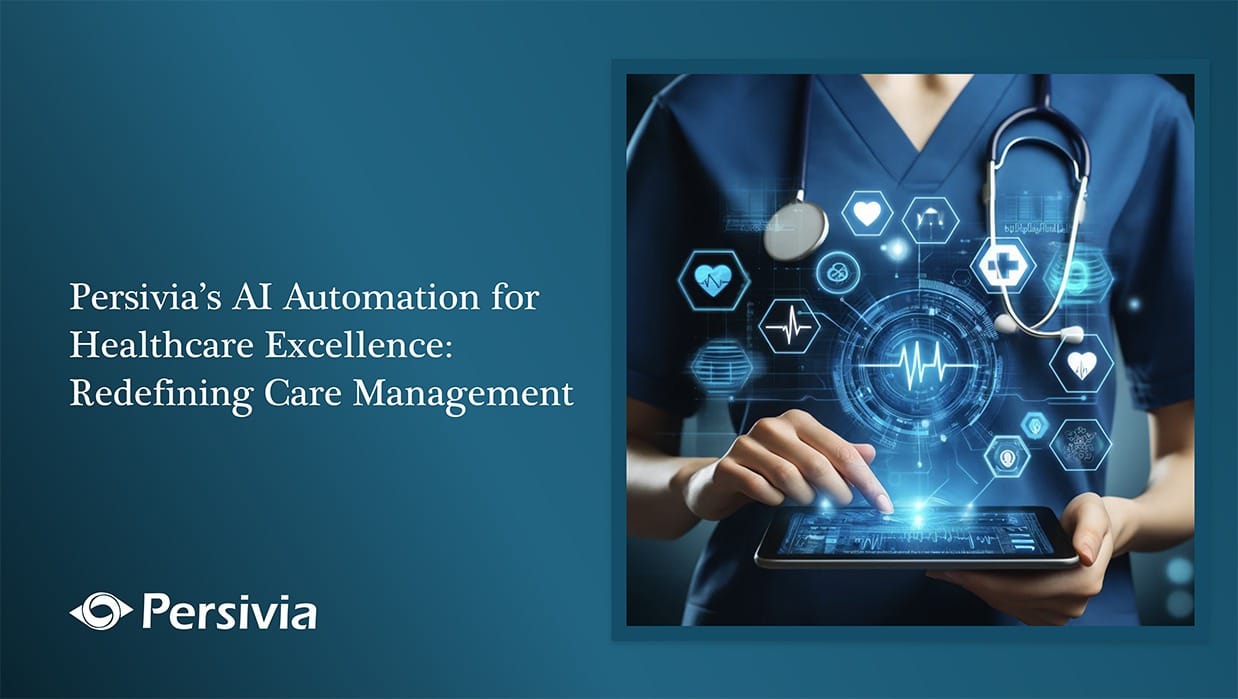

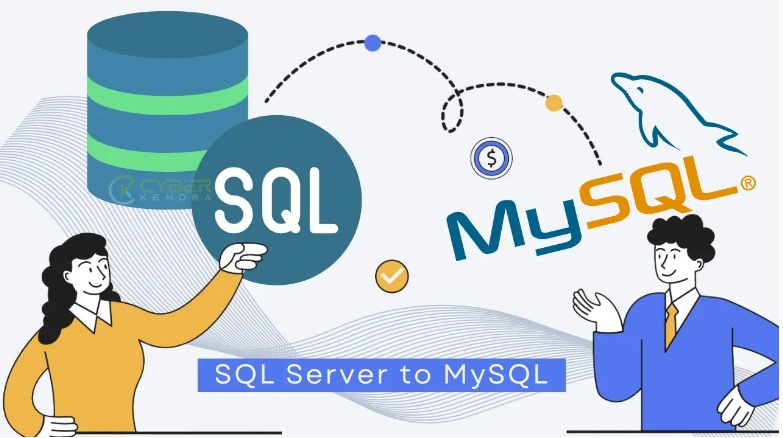

















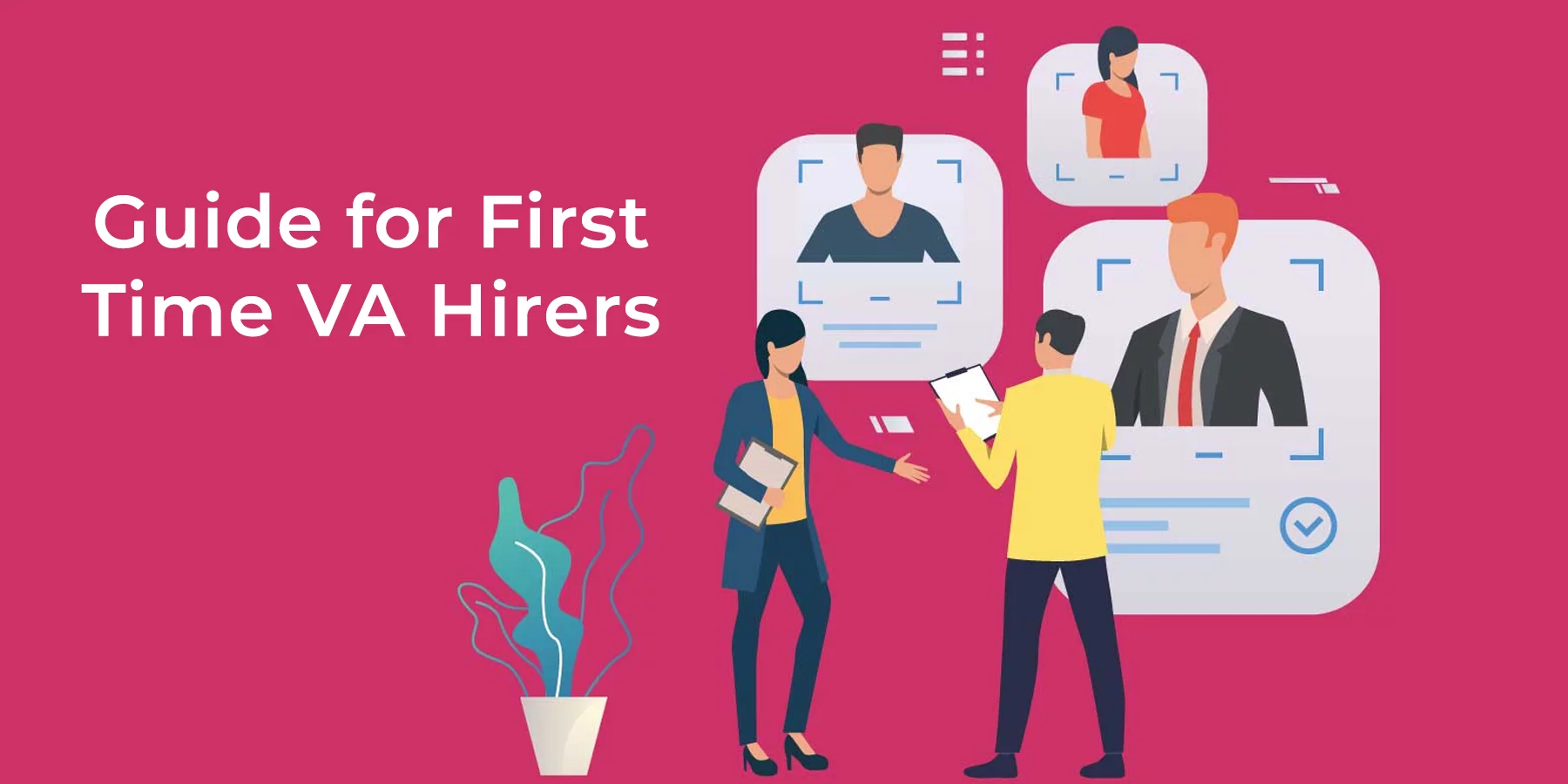
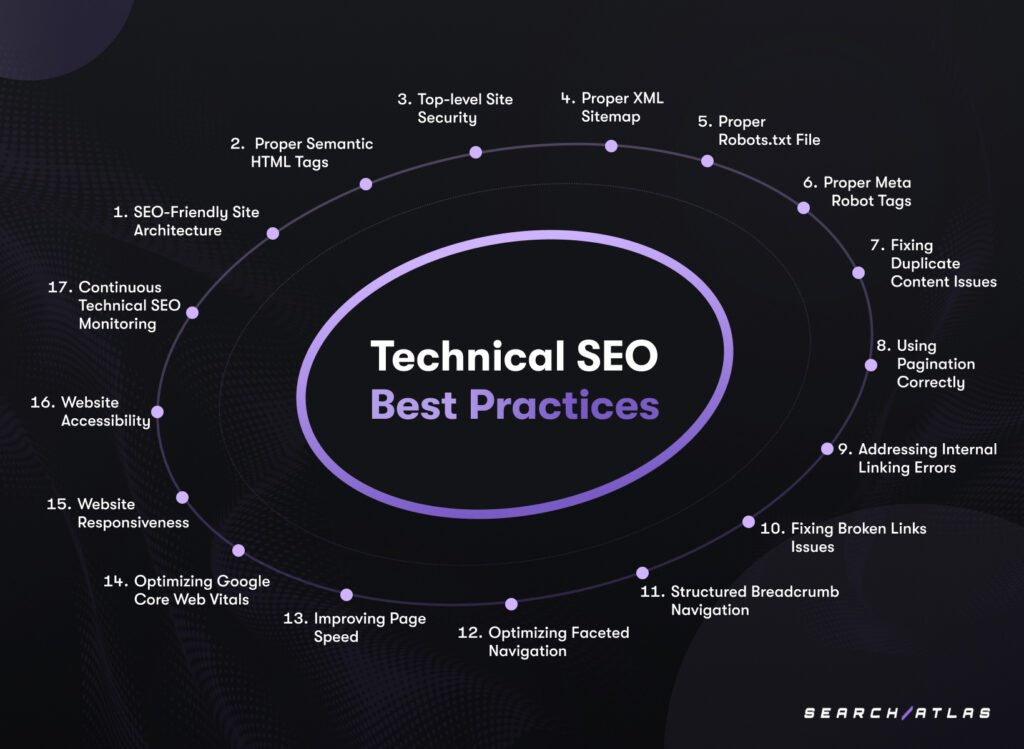













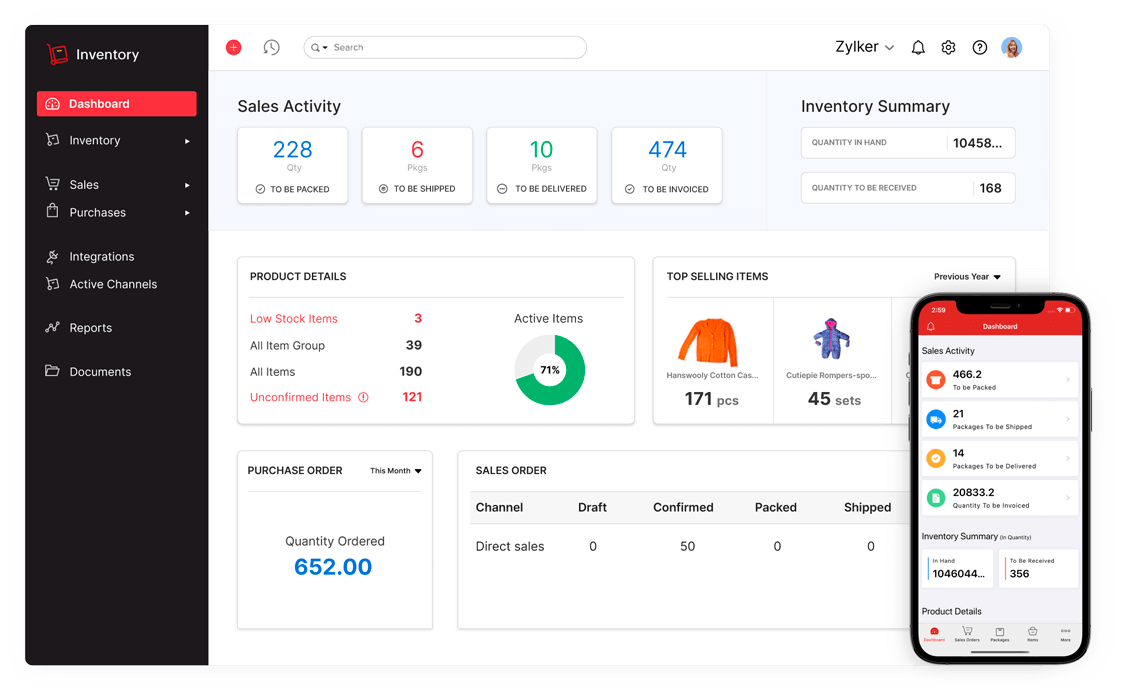













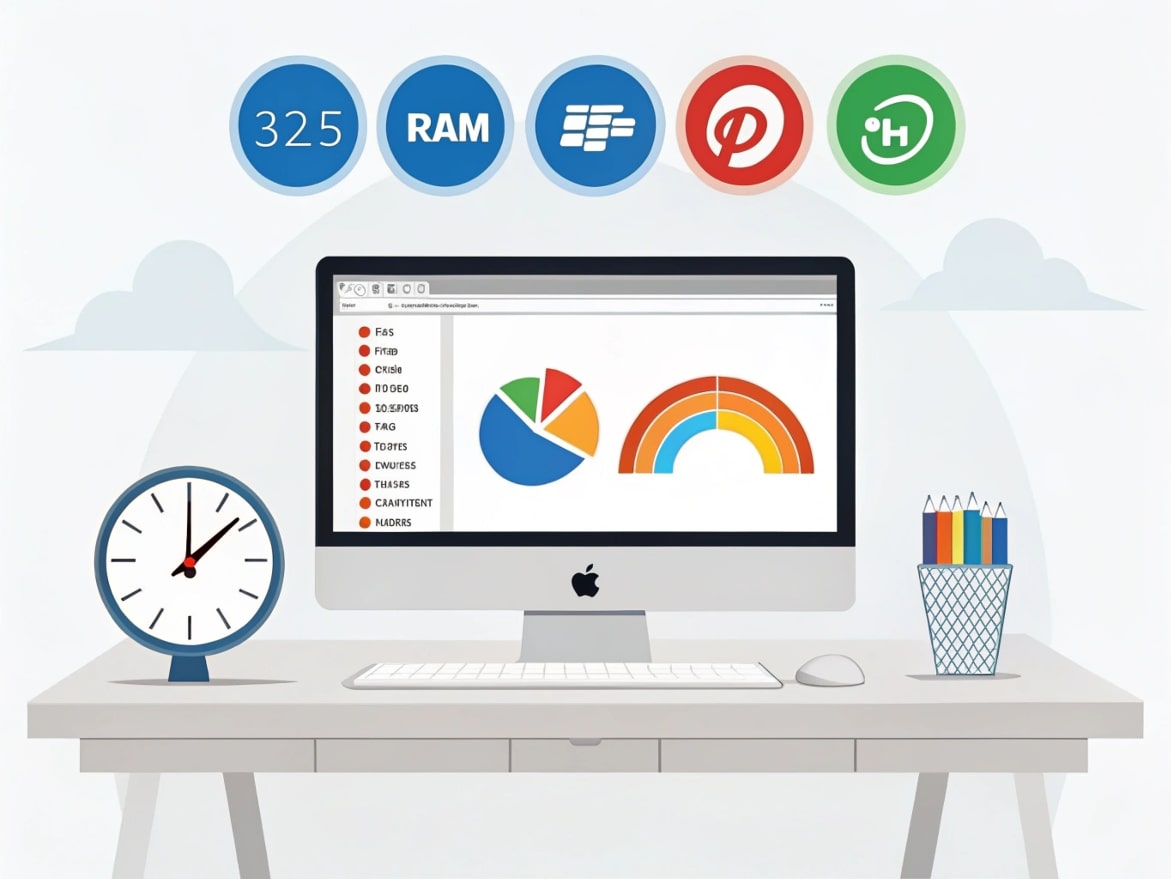







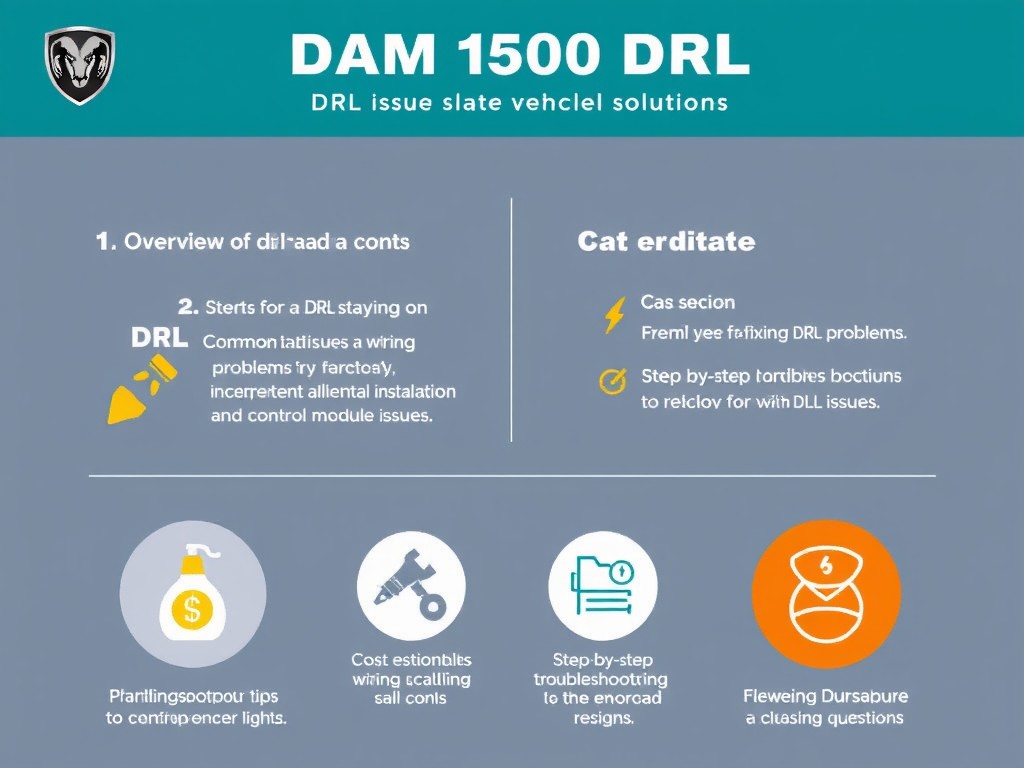



Leave a Reply